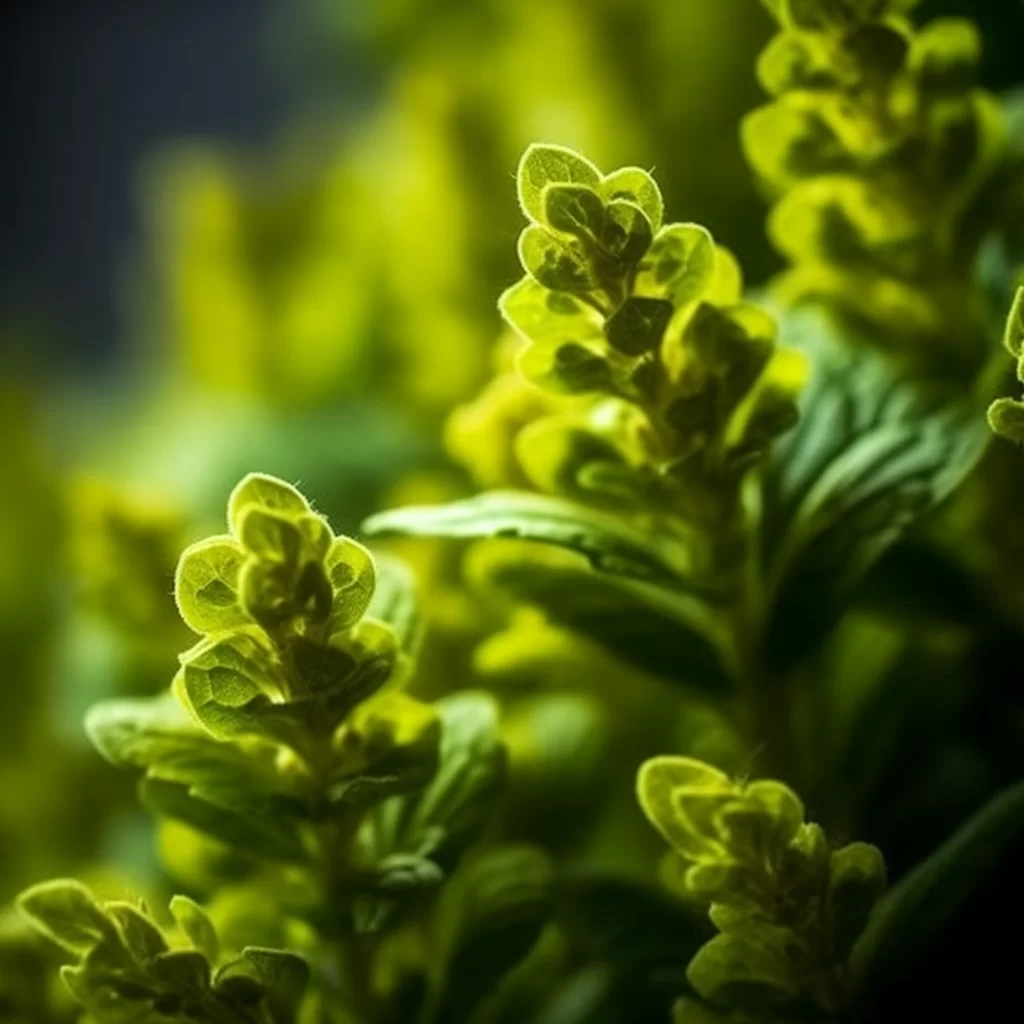Story of Day :
Contents
The Lysimachia Plant: A Complete Guide and Care Tips
Introduction
The Lysimachia plant is a versatile and attractive addition to any garden.
It’s easy to care for, has beautiful foliage, and produces delicate yellow flowers that bloom in the summer.
However, not many people know about this plant and its benefits.
In this article, we will take a closer look at the Lysimachia plant, including how to care for it and tips on growing it successfully.
What is a Lysimachia Plant?
Lysimachia is a genus of plants that belongs to the Primulaceae family.
Commonly known as loosestrife or golden creeping jenny, these plants are native to many parts of Europe and Asia.
The most popular species of lysimachia used in gardens are:
- Lysimachia nummularia (creeping jenny)
- Lysimachia punctata (yellow loosestrife)
- Lysimachia ciliata (fringed loosestrife)
These plants are groundcovers that spread quickly by producing runners that root wherever they touch the ground.
Care Tips for a Healthy Lysimacha Plant
Lucky for us gardeners, taking care of lysiomchias is very easy! They thrive best when planted in partial shade but can also tolerate full sun as long as they have enough water. Here are some important tips you should keep in mind:
Here are some important tips you should keep in mind:
Soil Type:
Lisymacjias prefer soil with good drainage; however, they can adapt well to different types of soil conditions except wet soils since their roots tend to rot if left wet over long periods.
Watering:
These plants require consistent watering to thrive well.
Ensure the soil remains moist but not waterlogged since this may cause the roots to rot, leading to plant death.
Water during dry spells or when the topsoil feels dry when touched.
Fertilization:
Fertilizer can help lysimachia grow faster and healthier.
Use a balanced fertilizer with equal parts of nitrogen, phosphorus, and potassium during spring.
Uses of Lysimachia Plant
Lysimachias are versatile plants that serve many purposes in gardens due to their low-growing habit and ability to spread quickly.
They make excellent groundcovers for pathways or areas where grass is difficult to grow.Due to its bright yellow foliage, the Lysimachia punctata species is also an excellent choice for adding color accents in garden borders or rock gardens.Some gardeners use these plants as water garden features because they have vigorous root systems that prevent soil erosion around ponds or stream banks.
The Best Time for Propagating Lisymacjias
The best time for propagation is during early spring before new growth appears on established plants.
You can propagate by dividing established clumps every 2-4 years once they become crowded enough; just ensure each division has healthy roots attached before planting them individually in well-draining soil.Alternatively, you can take stem cuttings from new growth shoots of about 4 inches long; dip them into rooting hormone powder and then plant them individually into small pots with good quality potting mixtures (ensure you keep them well-watered).
Pests and Diseases Affecting Lisymacjias
Unfortunately, lisymacjas are susceptible pests such as spider mites, aphids that cause abnormal leaf curling/discoloration leading eventually killing affected plant parts.Other diseases that affect lysimachia include fungal diseases such as botrytis blight, gray mold which causes leaf/stem rot, powdery mildew, and root rot leading to wilting or death.
Ensure you inspect your plants frequently for any signs of disease or pest infestation and treat them accordingly.
Conclusion
If you’re looking for an easy-to-grow, attractive perennial plant that can serve many purposes in the garden, look no further than the lysimachia.
With proper care and maintenance as outlined in this article, you can enjoy its beautiful foliage and delicate yellow flowers all season long!